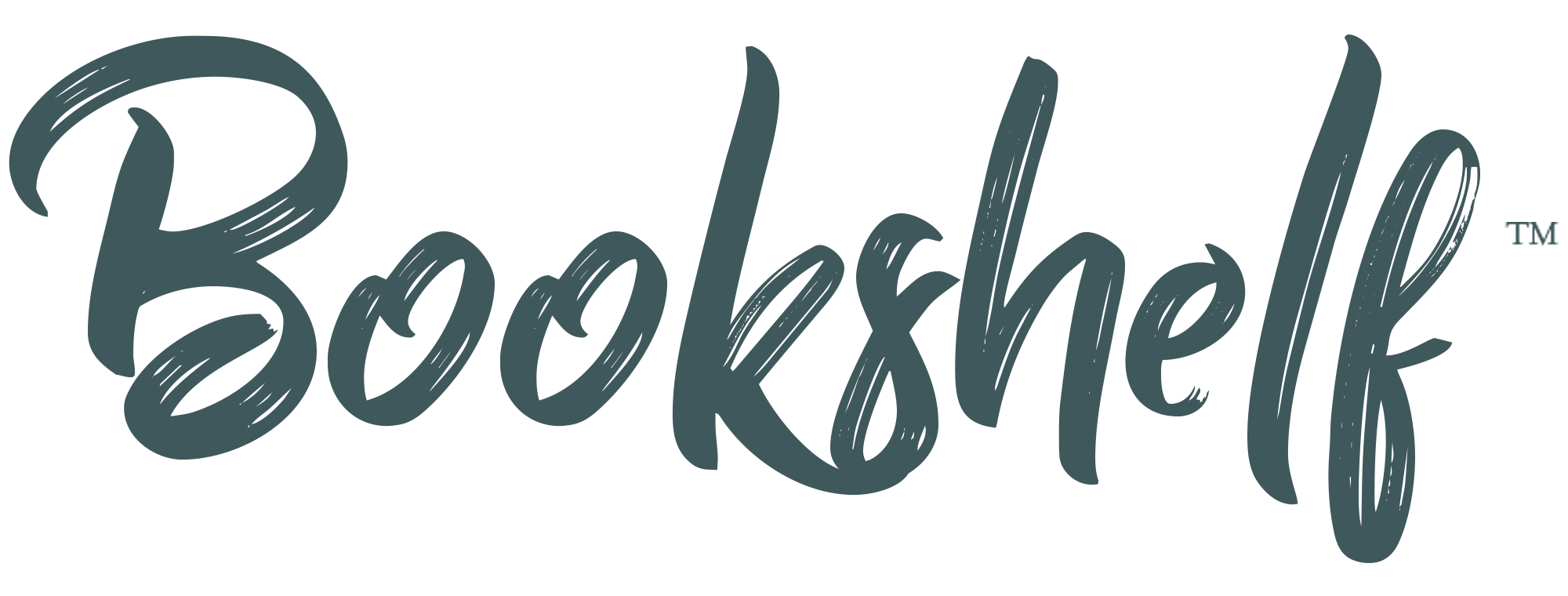Authored by: Dale Carnegie
Reviewed by: Kevin Miller
Number of Pages: 291
Keyword: Leadership, Sales, Friends, Influence, Success, Positive Thinking, People Skills, Personnel, Human Resources, Personal Improvement
The Essence of the Book:
Just what is this book about? Well, it’s about “how to win friends and influence people,” no matter your vocation or station in life. It would be hard to find a book better or more accurately named, in impact and in content.
Whitestone Commentary:
Dale Carnegie was the original business and personal “coach.” Born in 1888, he struggled in every way possible in remote farm country in Missouri. That experience largely continued into his adulthood, except for public speaking in his final years of college.
Finally, he started teaching at YMCAs—real Christian institutions at the time—in New York and beyond. His speaking and training career exploded, all the way up to serving elite companies and individuals in business.
Carnegie wrote this book in 1936 and its broad popularity has never abated. Carnegie’s name is likely one of the top ten names of the 20th century associated with business and success, both in his teaching and training talents and his personal accomplishments in doing so.
Did you know the “people portions” of modern management textbooks are often primarily focused on the latest theories and psychology? But Carnegie wrote this book years before college business “textbooks” even existed—so the reader just gets practical wisdom grounded in reality.
Carnegie handles each chapter with practicality…story after story…and throws in pertinent questions and commentary. Then he finishes each chapter by stating the formal principle, maybe a one-word stinger—”Principle 2. Smile”—or a longer sentence—“Principle 6. Make the other person feel important—and do it sincerely.” Corny? Maybe so…but timelessly effective.
Carnegie’s chapters are grouped into four main parts in the book:
- Fundamental Techniques in Handling People (3 Chapters)
- Six Ways to Make People Like You (6 Chapters)
- How to Win People to Your Way of Thinking (12 Chapters)
- Be a Leader: How to Change People Without Giving Offense or Arousing Resentment (9 Chapters)
At the end of each of these four parts, Carnegie lists all the key principles from each chapter “in a nutshell,” and he lists them all for easy reference.
You see? No big psychology, no Maslow’s hierarchy (if you don’t know this reference, God bless you! Many college students have been subjected mercilessly to Maslow’s theory zillions of times, over and over again endlessly…), no Theory X and Theory Y. Just a guy named Carnegie telling stories and giving you his practical proverbs to apply that pretty much make a whole lot of sense. Your tuition cost is only the price of the book.
Why is this old book worthy of your consideration, you ask? It’s quite difficult for business books to retain relevance for, say, ten years. But eighty years, or more?
Well, despite our living in this age of rapid and extreme change, the “people” challenge and opportunity for organizational success are still of core importance in every organization—business, nonprofit, or church.
How to read this book? It’s an easy read. So, read it straight through on a weekend when you have the time to absorb and get rebuilt or reminded into thinking that people are worth your greatest effort.
Then go back to the most key, personally relevant items you especially highlighted during that read and start applying them, one at a time. Persevere until you see your improvement on that one item, then move on to the item of next importance to you. Wisely hop around the book doing that in a fashion customized to your need. It’s a resource book: do a search, find his recommendation, apply it. Rinse and repeat…like shampooing your hair.
As the saying goes: How do you eat an elephant? One bite at a time.
The book’s examples are often dated—the book is over 80 years old, after all—but somehow the stories are all the more charming for that, and still very relevant with regard to the principles being imparted.
Simply put, Carnegie gets at the heart of the people-centric enterprise and the tools needed to value people. Is your organization in the top 1% at that? Top 10%? Are you?
Absolutely every person can benefit from this book, from a starter read for a young person to a re-read for the consummate practitioner of the art of people skills.
An “oldie but goodie” that has not been surpassed for decades. Get it.
Reviewed by Kevin Miller

